ALIEN ZOOLOGY
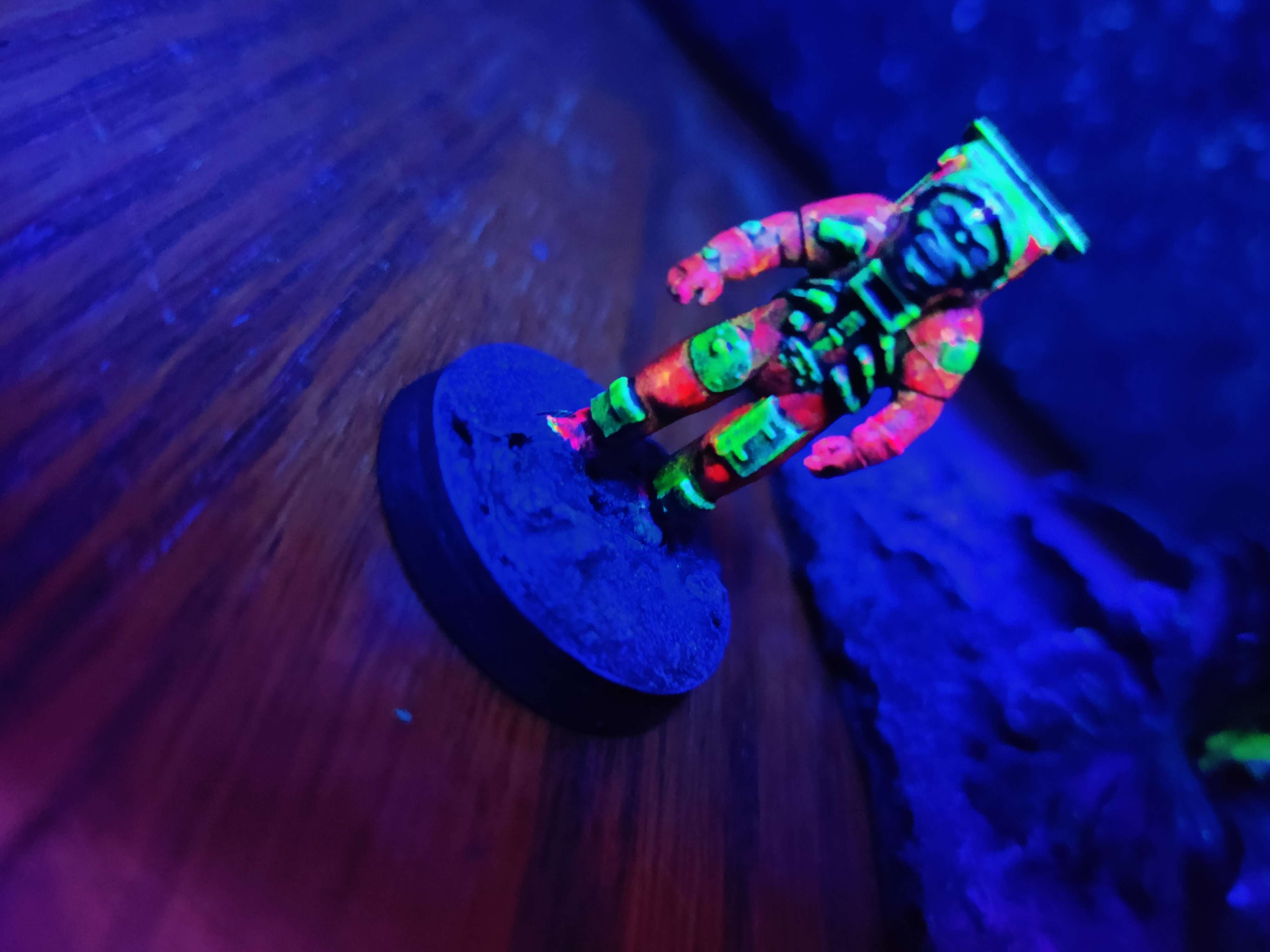
This planet orbits a black hole at a very inclined orbit to the accretion disk. Ozymandius is tidally locked to its parent black hole, but experiences a comparative “day” only twice per year as it passes through the accretion disk. The rest of the time, the planet is bathed only in the ambient ultraviolet and X-ray radiation from the perimiter of the black hole. The creatures that live on this blanet (the informal name for a planet orbiting a black hole) tend to fluoresce this light to prevent damage to their DNA.
Ozymandius was made directly from the kilanova explosion between a binary pair of neutron stars that resulted in the parent black hole (unnamed). It consists of many heavier elements. It is abundant with osmium, the densest naturally occurring element.
Plants on Ozymandius grow black to absorb the visible and infrared spectrums, but have a highlight of violet because they reflect the dominant ultraviolet and X-rays of the black hole. The rocks are similarly black with highlights of the pale indigo luster of osmium.
The bombardment of ultraviolet and X-ray radiation makes traversing Ozymandius very difficult. Depicted in the specimen photos is Corporal Edwards, a necrautomaton that receives his commands from a nearby orbiting vessel via the panel on his back. The panel utilizes waves across the electromagnetic spectrum. It uses long-wave radio signals to receive commands, and uses high-energy short-waves to power the necrautomaton.
The original model is by FiveNights GO CHECK IT OUT!
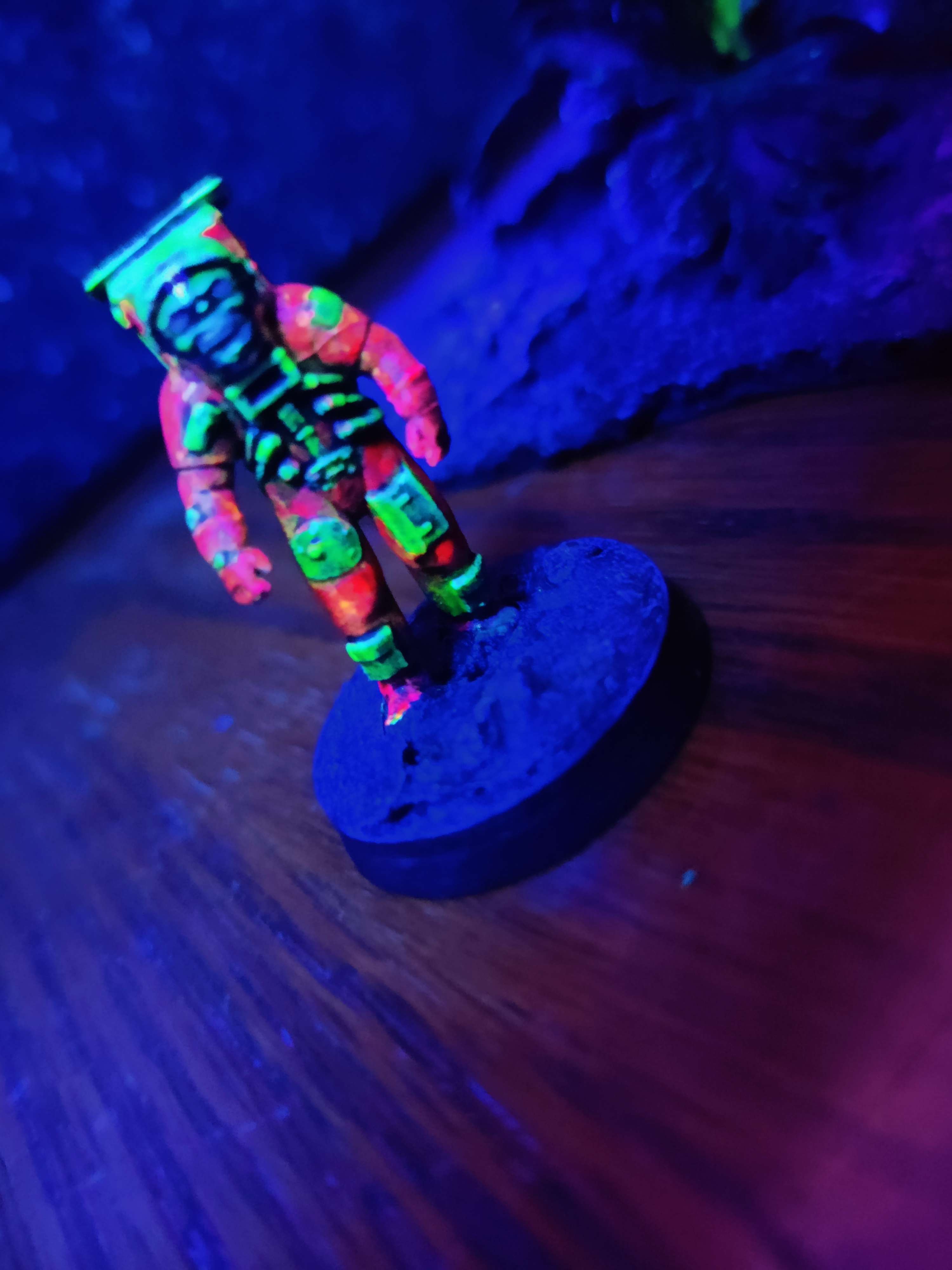
Corporal Edwards!

Looking good Corporal Edwards!
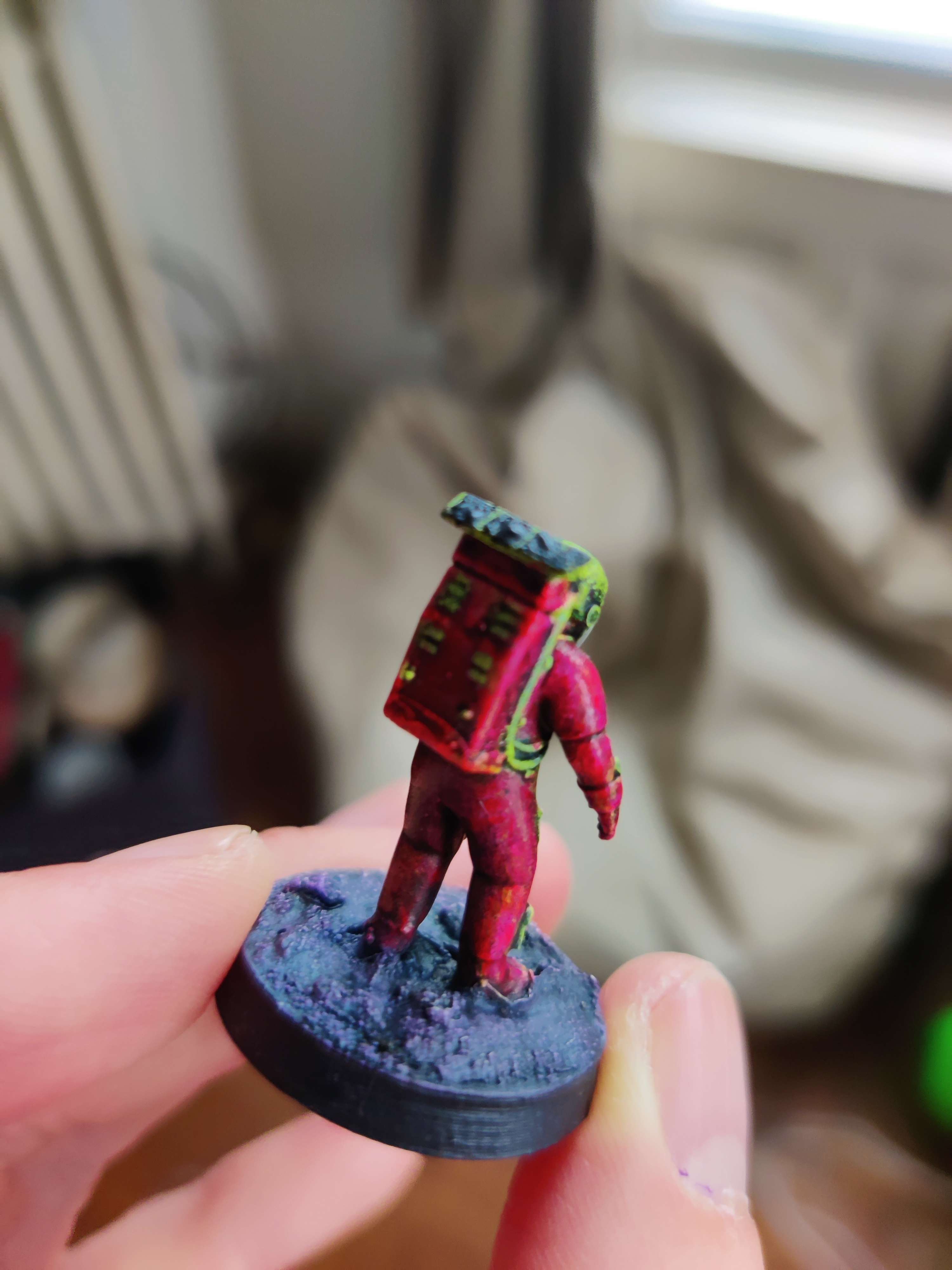
His Beautiful Butt!
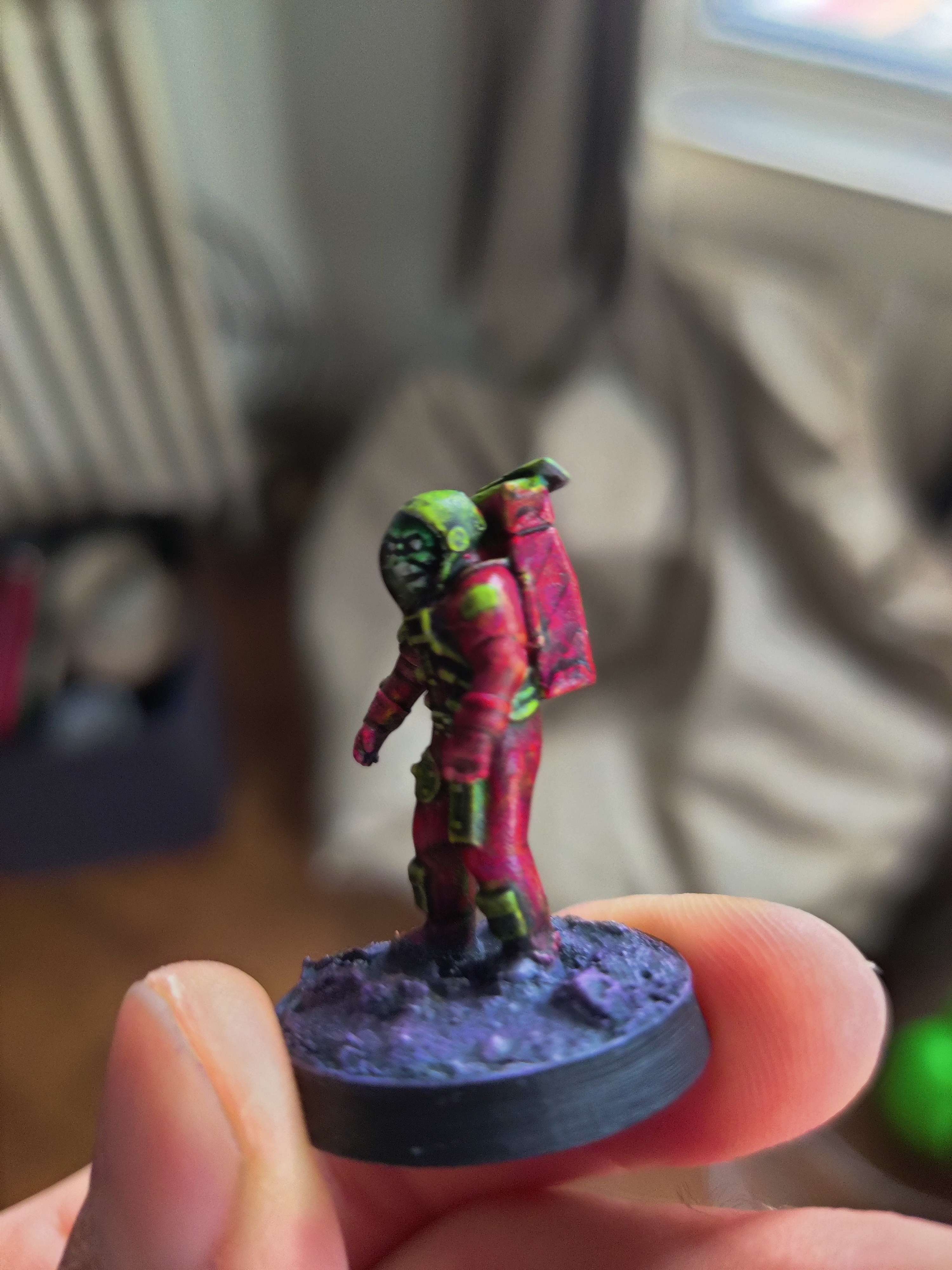
His Beautiful Left!
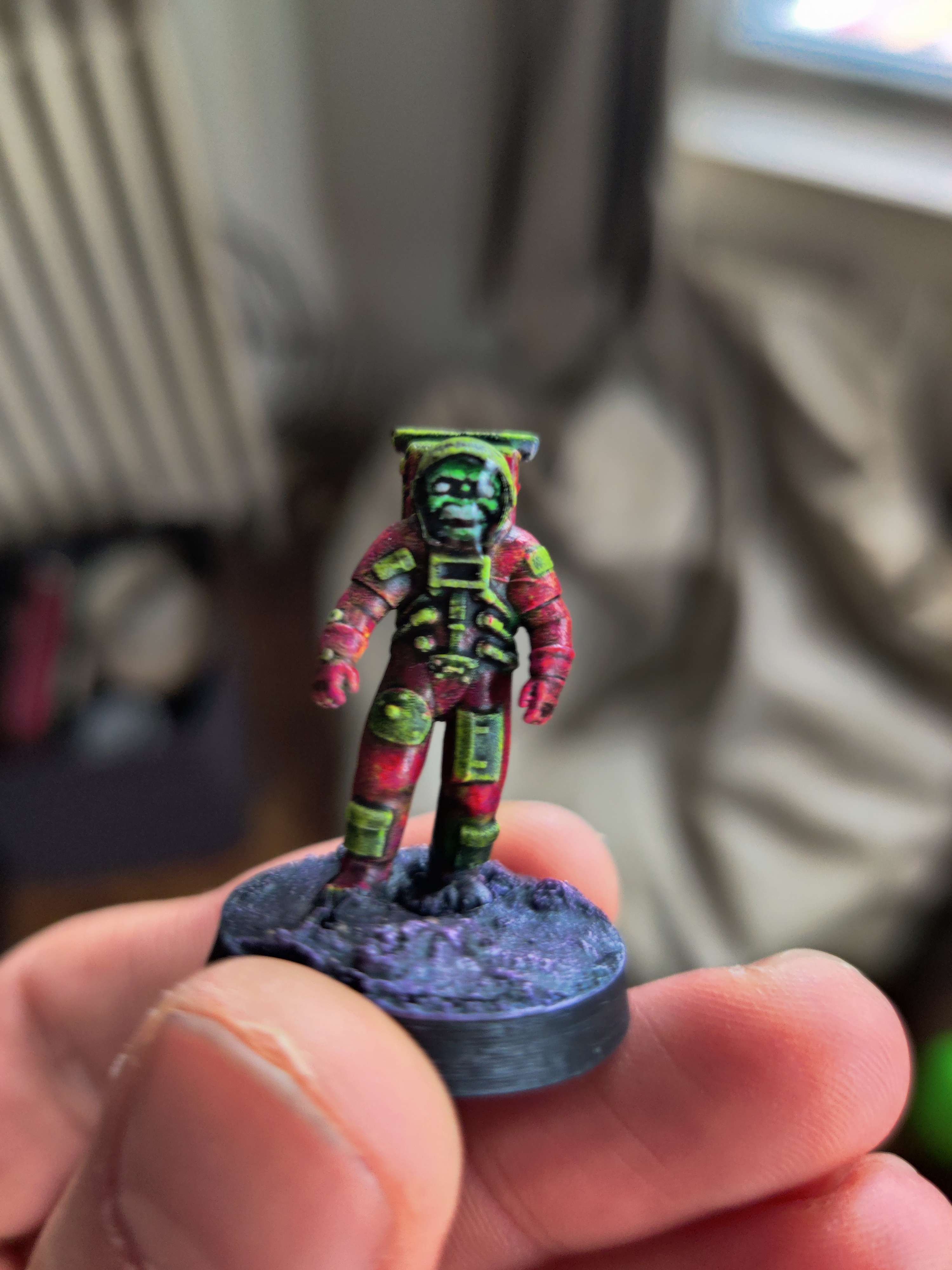
His Beautiful Front!
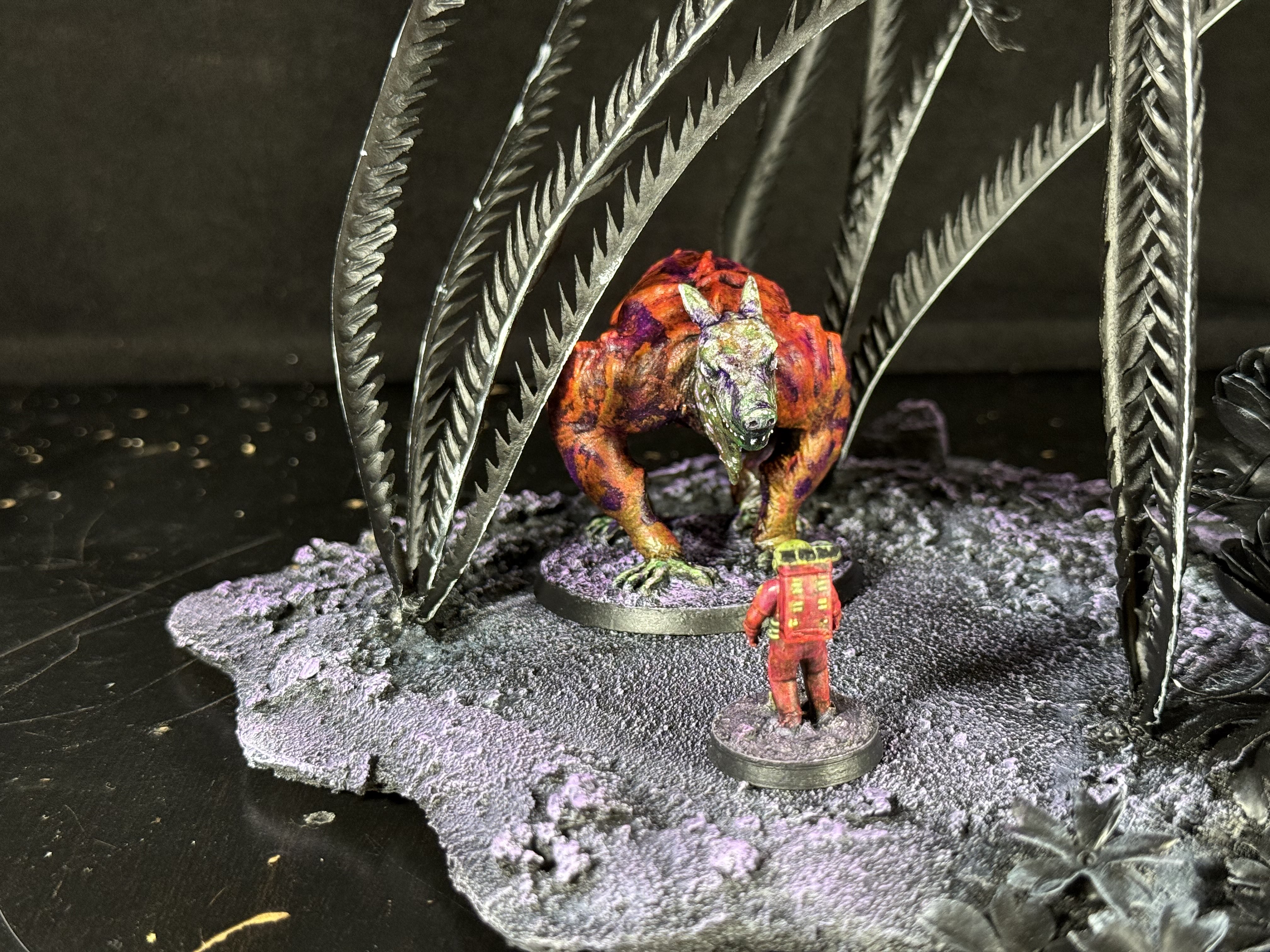
Corporal Edwards stares down a dangerous predator!
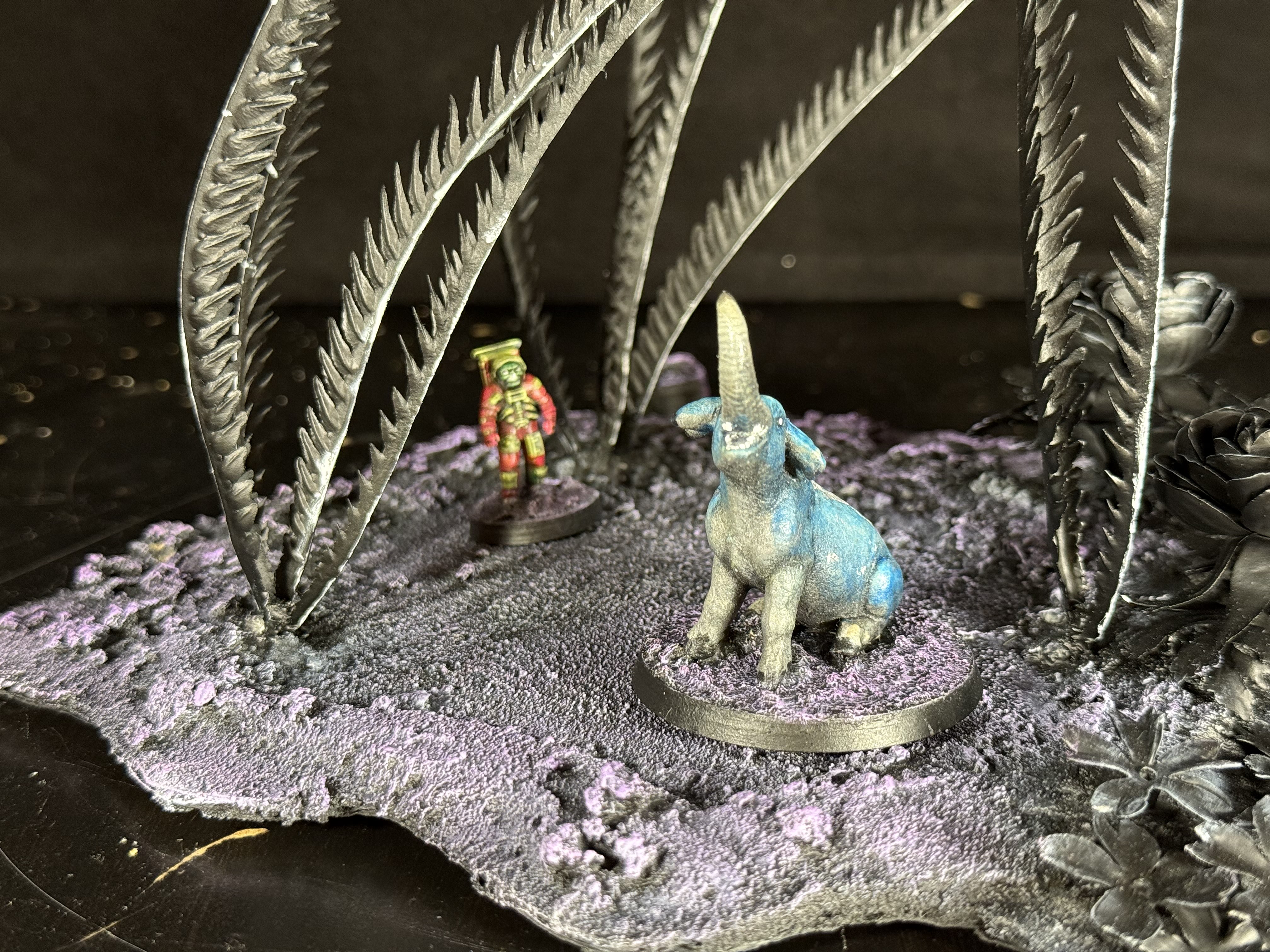
Corporal Edwards has found the target!